August 9, 2015
Govt £118bn pipeline, Change leadership, Take a real holiday and more 0
 In this week’s issue; Lee Parsons argues the impact of office relocation can no longer be solely measured in tangible terms; Mark Eltringham questions people’s reluctance to simply go on holiday and explores the complex links that exist between our surroundings and how we think and act. The Government lists around £118 billion of publicly funded building projects over the next five years; and flexible working is the main driver in the growth of Cloud data services. Ergonomics experts focus on the much discussed topics of sedentary working; the Work Foundation presses employers to support the health of older workers; and from the latest edition of Work&Place Rebecca Booth explains one of the biggest obstacles to successful change leadership is “change fatigue.” Subscribe for free quarterly issues of Work&Place and weekly news here, follow us on Twitter and join our LinkedIn Group to discuss these and other stories.
In this week’s issue; Lee Parsons argues the impact of office relocation can no longer be solely measured in tangible terms; Mark Eltringham questions people’s reluctance to simply go on holiday and explores the complex links that exist between our surroundings and how we think and act. The Government lists around £118 billion of publicly funded building projects over the next five years; and flexible working is the main driver in the growth of Cloud data services. Ergonomics experts focus on the much discussed topics of sedentary working; the Work Foundation presses employers to support the health of older workers; and from the latest edition of Work&Place Rebecca Booth explains one of the biggest obstacles to successful change leadership is “change fatigue.” Subscribe for free quarterly issues of Work&Place and weekly news here, follow us on Twitter and join our LinkedIn Group to discuss these and other stories.






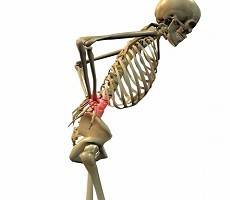
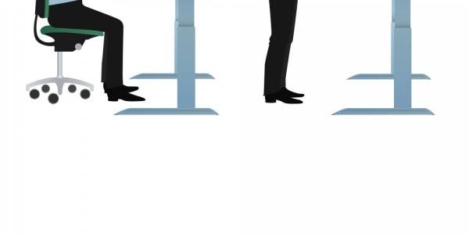
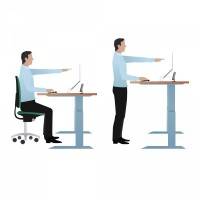 A new study published yesterday in the British Journal of Sports Medicine claims that office workers spend far too much time sitting, are suffering from a range of conditions and illnesses as a result and so should be encouraged to spend up to half of each working while standing. The report,
A new study published yesterday in the British Journal of Sports Medicine claims that office workers spend far too much time sitting, are suffering from a range of conditions and illnesses as a result and so should be encouraged to spend up to half of each working while standing. The report, 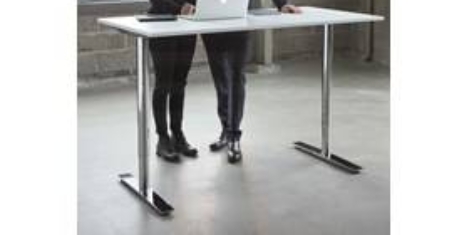
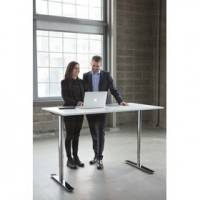

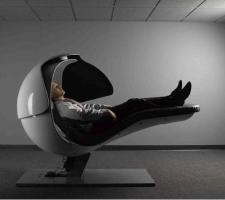













June 22, 2015
Too much sitting down at work (or worrying about it) can increase anxiety
by Sara Bean • Comment, Flexible working, News, Wellbeing, Workplace
More →